Showing 231 to 240 of 272 results

As a medical emergency caused by severe cardiovascular diseases, myocardial infarction (MI) can inflict permanent and life-threatening damage to the heart. A joint research team comprising scientists from City University of Hong Kong (CityU) has recently developed a multipronged approach for concurrently rejuvenating both the muscle cells and vascular systems of the heart by utilizing two types of stem cells. The findings give hope to develop a new treatment for repairing MI heart, as an alternative to the existing complex and risky heart transplant for seriously-ill patients.
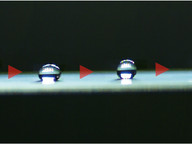
Transporting droplets on solid surfaces at high speed and long distance, even against gravity, without additional force has been a formidable task. But a research team comprising scientists from City University of Hong Kong (CityU) and three other universities and research institutes has recently devised a novel mechanism to transport droplets at record-high velocity and distance without extra energy input, and droplets can be moved upward along a vertical surface, which has never been achieved before. The new strategy to control droplet motion can open up new potential in applications in microfluidic devices, bio-analytical devices and beyond.
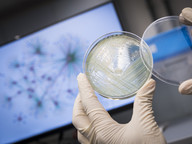
As antibiotic resistance is growing and posing a threat on public health, developing new antibiotics has become more urgent than ever. Researchers at City University of Hong Kong (CityU) have recently revealed the virulence regulatory mechanism in Pseudomonas aeruginosa, a superbug which is common in patients with a weak immune system and is resistant to many antibiotics. The findings pave ways for identifying good antibiotic targets for new drug development.

In the world of nanomaterials, when the “upconversion luminescence” material is excited by low-energy light, it can emit high-energy light, such as ultraviolet light. However, the emission intensity is not satisfied and hence limiting the further applications in different fields. A research team jointly led by the Materials Science and Engineering and Physics departments of City University of Hong Kong (CityU) has proposed a new strategy and successfully achieved upconversion luminescence with high energy conversion efficiency. The team believes that the research result will help further development and applications in miniaturized optoelectronic devices.
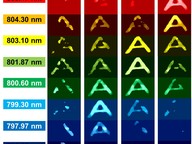
Acquiring images of ultrafast processes is a technology vitally needed for many cutting-edge physical, chemical, and biological studies. The latest research conducted by City University of Hong Kong (CityU) and Xi’an Jiaotong University has successfully developed a novel compressed ultrafast photographic technique, enabling both an ultra-high frame rate and a large frame number. Having overcome the existing limitations, the new technique offers an important tool for observing complex transient processes on the femtosecond (10-15second) timescale.
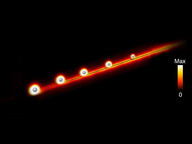
A research team comprising physicists from City University of Hong Kong (City U) and other universities has successfully achieved a physical phenomenon called “exceptional point” using a simple resonator system. The recent findings provide the foundation for developing ultrasensitive optical sensors in the future.

A research team comprising experts from City University of Hong Kong (CityU), the University of Shanghai for Science and Technology (USST) and Zhejiang University (ZJU) discovered for the first time the deformation transitions of multiscale nanotwins (NTs) in austenitic stainless steel, which will help develop materials with higher strength and ductility.
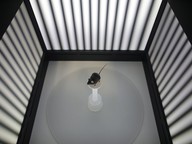
Gene therapy brings great hope to cure many inherited or rare diseases. However, as more and more gene therapies are expected to be approved for clinical trials, new problems may arise. Adeno-associated virus, AAV, does not cause any known disease and are commonly used as vector in gene therapy. But it was found that sometimes it can cause toxicity and inflammation in targeted tissues in animals and humans. A joint-research by City University of Hong Kong (CityU) and Harvard Medical School has revealed that the AAV toxicity is correlated with the cis-regulatory sequences which control gene expression in the virus genome.
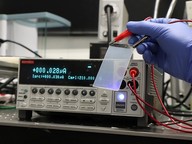
While the consequences of climate change have begun to take their toll, global energy demand has grown at the fastest pace ever in the past decade. Exploring renewable energy alternatives has therefore become more pressing than ever. A recent study led by researchers from City University of Hong Kong (CityU) has developed a new triboelectric nanogenerator (TENG) using a slippery surface to enhance energy harvesting efficiency. The findings may open up a new avenue for the design of energy harvesting devices with better stability and durability.
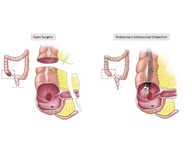
Colorectal cancer (CRC) is one of the leading causes of cancer-related deaths worldwide. While endoscopic submucosal dissection (ESD), a minimally invasive surgical procedure to remove gastrointestinal tumours, is sufficient for treating early-stage CRC patients who are at low risk for developing lymph-node metastasis (LNM), the current risk-stratification criteria based on post-endoscopic pathological examination tend to overestimate the degree of risk. A new biomarker was developed by a joint research team to detect LNM in patients with T1 CRC more accurately.